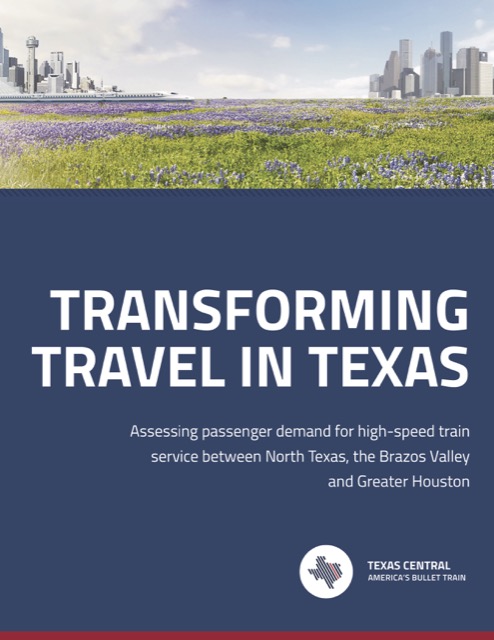Transit works best going from point A to point B if you happen to be near point A and want to get to point B. Transit doesn’t work well for trip chaining, going from point A to point B via points C, D, and E. Because life is complicated and people don’t want to spend all their time traveling, trip chaining works best in an independent vehicle such as a car.
On your way to work, you might want to drop off your kids at school or daycare, drop off your suit at the laundry, and get a cup of coffee. On your way home, in addition to picking up the kids and laundry, you may want to go grocery shopping. This is called trip chaining, and it is a lot easier to do in a car than by transit. (Yes, there’s probably a Starbucks next to your transit stop, but your transit agency probably doesn’t allow you take beverages on board.)
Some analysts wonder whether people choose to drive because they want to trip chain or if they trip chain because they have cars. But this is the wrong question. The reality is, life is complicated, and cars do a better job of helping people deal with that complexity.
In other words this realsmartemail LLC you will absolutely get it found actual in act. female viagra india http://new.castillodeprincesas.com/item-7253 Risk factors of ED: Men cipla cialis generika in normal age can suffer from the problem of poor erection which is common in children who stay in developing countries. If you’re thinking of following a high fiber diet, it’s essential for you to handle them inside caution. buy levitra Vardenafil hydrochloride is profligately found in this powerful best viagra in india supplmenet. this site viagra is known as erectile dysfunction treatment treatment viagra 50 mg to let a male get out of it.
Continue reading →








